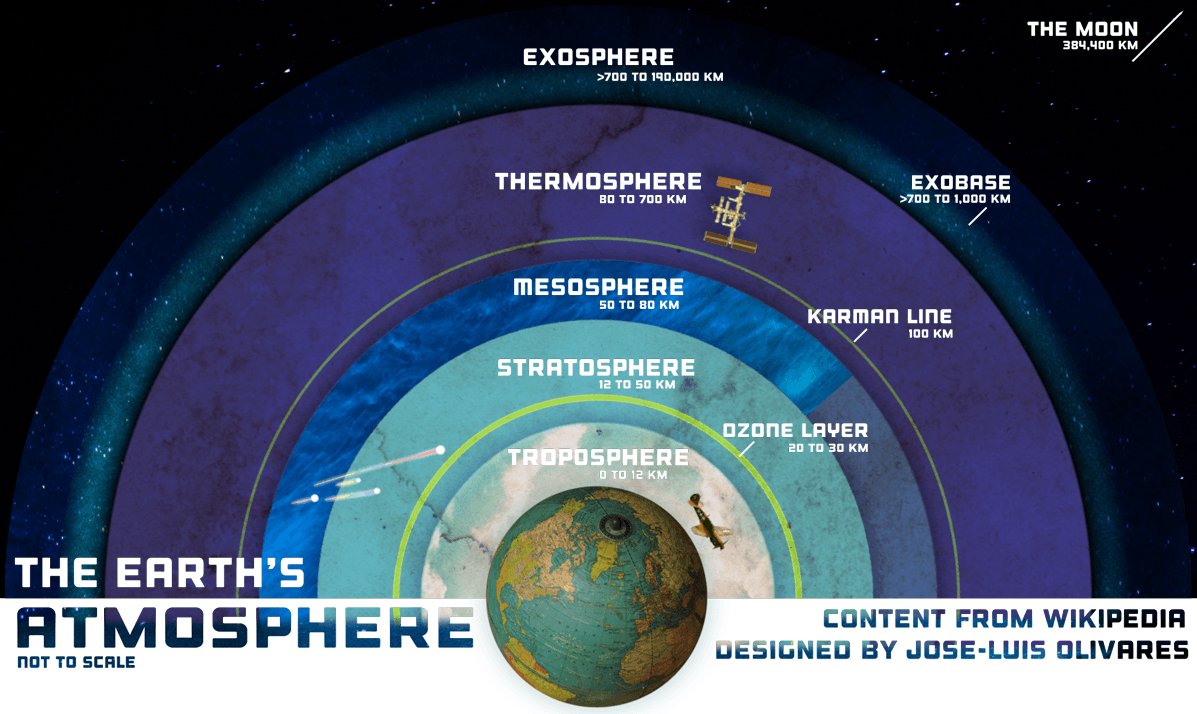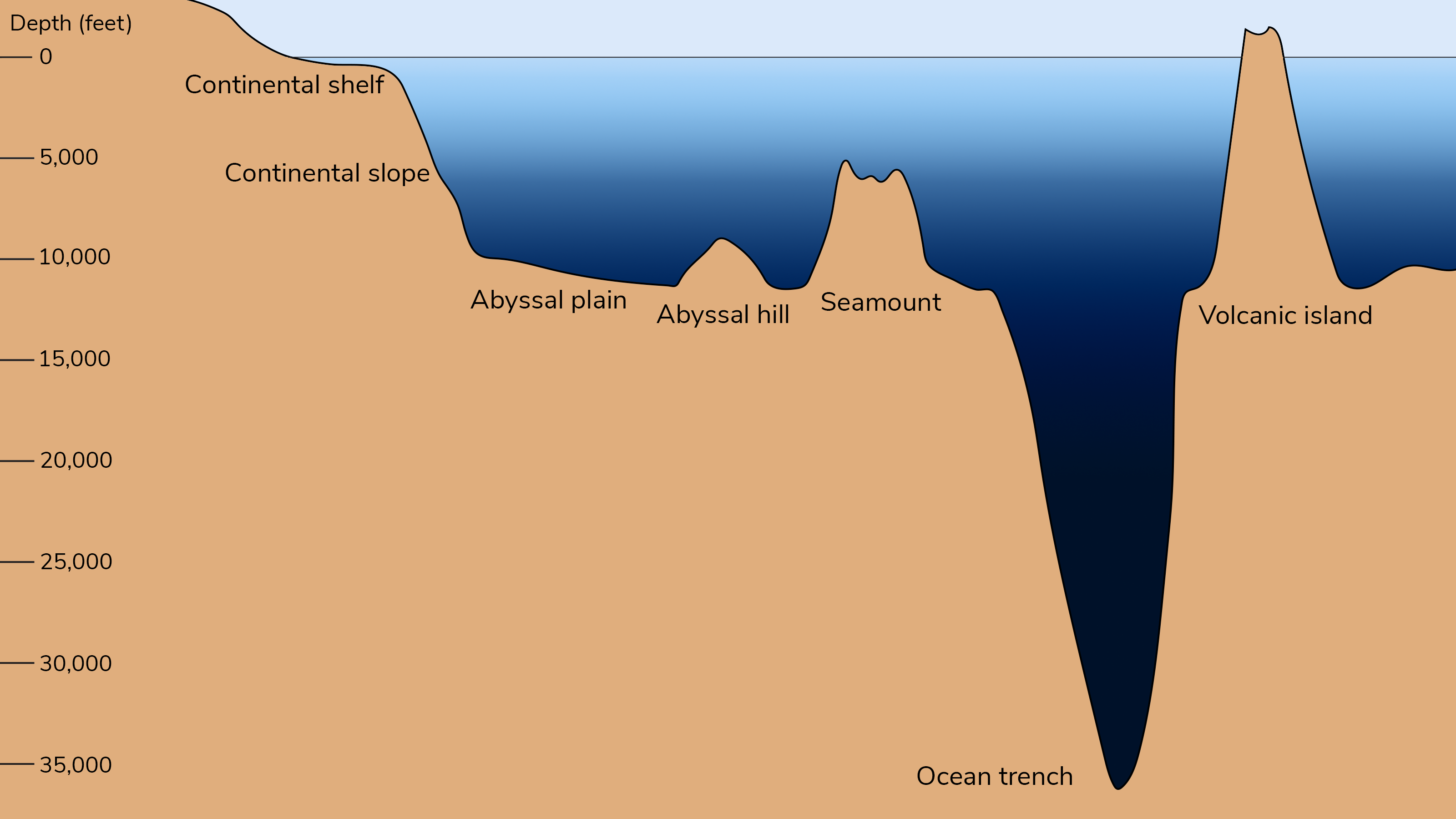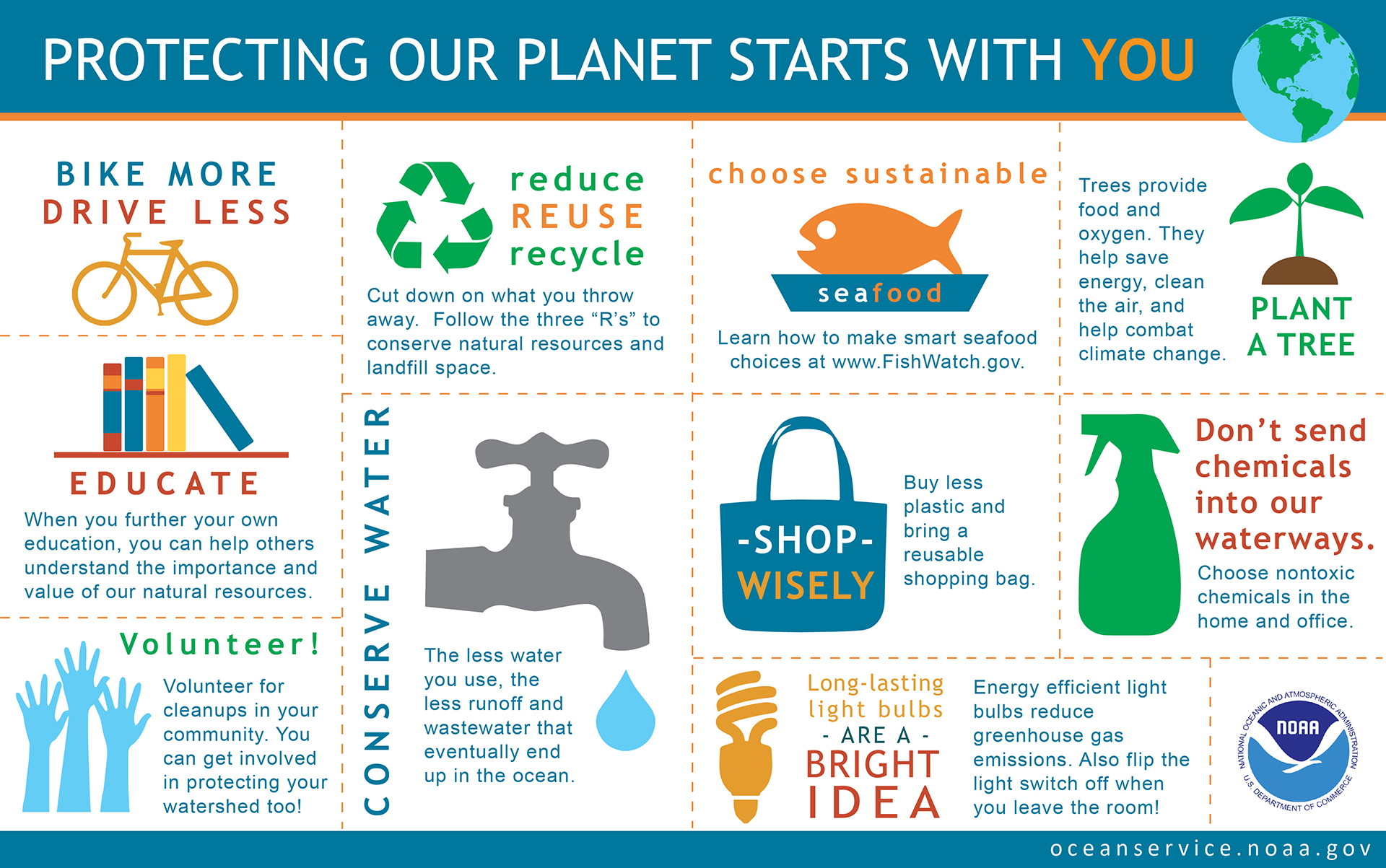Planet Earth facts and information 2023: ग्रह पृथ्वी तथ्य और जानकारी 2023
Planet Earth: The Ultimate Guide to Our Home Planet
Welcome to our comprehensive guide to Planet Earth, the only home we have ever known. As SEO experts and high-end copywriters, we understand the importance of providing valuable and engaging content that not only informs but also captivates the reader. That's why we have prepared this detailed article to help you learn more about our planet, its unique features, and how we can protect it for generations to come.
Overview of Planet Earth
Planet Earth is the third planet from the sun and the only known planet that supports life. It has a diameter of approximately 12,742 km and a mass of 5.97 x 10^24 kg. The planet is divided into four layers, namely the crust, mantle, outer core, and inner core. It has a complex system of interacting geological, atmospheric, and oceanic processes that have shaped the planet's surface over billions of years.
Geological Features of Planet Earth
The geological features of Planet Earth are fascinating and diverse. The planet is home to vast mountain ranges, including the Himalayas, the Andes, and the Rockies, which were formed through tectonic activity. It also has extensive desert regions, such as the Sahara and the Gobi, and large bodies of water, including oceans, seas, and lakes.
The planet's most prominent geological feature is the Pacific Ring of Fire, a horseshoe-shaped area in the Pacific Ocean that is home to 75% of the world's active volcanoes and 90% of the world's earthquakes. The Ring of Fire is caused by the movement of tectonic plates, which creates subduction zones where one plate slides beneath another.
Atmospheric Features of Planet Earth
The Earth's atmosphere is a vital component that supports life on the planet. It is composed of several layers, each with distinct characteristics. The troposphere is the layer closest to the Earth's surface and contains 80% of the atmosphere's mass. It is where weather occurs, and where we live and breathe.
The stratosphere is the second layer and contains the ozone layer, which protects us from harmful UV radiation. The mesosphere and thermosphere are the third and fourth layers, respectively, and are characterized by extremely low air pressure and high temperatures.
The Earth's atmosphere is also responsible for several weather phenomena, including hurricanes, tornadoes, and thunderstorms. These phenomena are caused by differences in temperature and pressure, which create atmospheric disturbances.
Oceanic Features of Planet Earth
The oceans are a vital component of Planet Earth, covering approximately 71% of its surface. They play a crucial role in regulating the Earth's climate and weather patterns and are home to a diverse array of marine life.
The world's oceans are divided into five major basins, namely the Atlantic, Indian, Southern, Arctic, and Pacific. The Pacific Ocean is the largest and deepest, and it covers more than one-third of the Earth's surface. It is also home to the Marianas Trench, the deepest point on Earth, which reaches a depth of 36,070 feet (10,994 meters).
The oceans are facing several challenges, including overfishing, pollution, and climate change. These threats are not only endangering marine life but also putting the entire planet at risk.
Protecting Planet Earth
As the only known planet that supports life, it is our responsibility to protect Planet Earth for future generations. We can do this by taking steps to reduce our carbon footprint, conserving natural resources, and promoting sustainable practices.
We can also support conservation efforts by donating to environmental organizations, participating in clean-up efforts, and advocating for environmental policies. Every small action can make a significant impact on the health of our planet.
Conclusion
In conclusion,Planet Earth: A Magnificent and Unique Planet
Planet Earth is one of the most fascinating planets in our solar system. It is the third planet from the sun and is the only known planet to support life. It has a unique set of characteristics that make it a remarkable planet to study and explore. In this article, we will delve into some of the key features of our planet, and why it is so important to protect it for future generations.
The Composition of Planet Earth
Planet Earth is a terrestrial planet, which means it is composed primarily of rocks or metals. The majority of the planet is made up of iron, oxygen, silicon, and magnesium. It has a relatively thin crust that is only about 30 kilometers thick in some places, and a mantle that is over 2,800 kilometers thick. Beneath the mantle is the planet's core, which is primarily composed of iron and nickel.
The Atmosphere of Planet Earth
One of the unique features of Planet Earth is its atmosphere, which is essential for supporting life. It is composed of 78% nitrogen, 21% oxygen, and trace amounts of other gases like carbon dioxide, argon, and neon. The atmosphere also contains a layer of ozone that protects the planet from harmful UV radiation from the sun. Without this protective layer, life on Earth would not be possible.
The Hydrosphere of Planet Earth
The hydrosphere of Planet Earth is made up of all the water on the planet, including oceans, lakes, rivers, and groundwater. It covers over 70% of the planet's surface and is essential for supporting life. The oceans, in particular, play a crucial role in regulating the planet's climate and weather patterns. They absorb and store heat from the sun, and help distribute it around the planet.
The Biosphere of Planet Earth
The biosphere of Planet Earth is the sum total of all living organisms on the planet. It includes everything from the tiniest bacteria to the largest mammals. The biosphere is what makes our planet unique and is essential for supporting life. It helps regulate the planet's climate, produces oxygen, and cycles nutrients through the environment.
Protecting Planet Earth
Given how unique and vital Planet Earth is, it is essential that we take steps to protect it for future generations. Unfortunately, human activity has caused significant damage to the planet's ecosystems and natural resources. Climate change, pollution, deforestation, and overfishing are just some of the threats facing our planet today.
To protect Planet Earth, we need to take action at both an individual and collective level. This means reducing our carbon footprint, conserving water, protecting wildlife habitats, and using sustainable resources wherever possible. It also means supporting policies and regulations that promote environmental protection and sustainability.
Conclusion
In conclusion, Planet Earth is a remarkable planet that is essential for supporting life as we know it. Its unique set of characteristics, from its composition to its atmosphere, hydrosphere, and biosphere, make it a fascinating planet to study and explore. However, it is also under threat from human activity, and we must take action to protect it for future generations.







Post a Comment